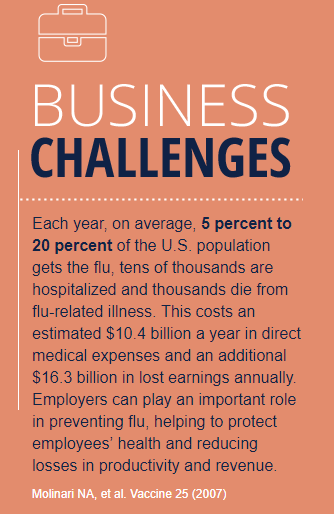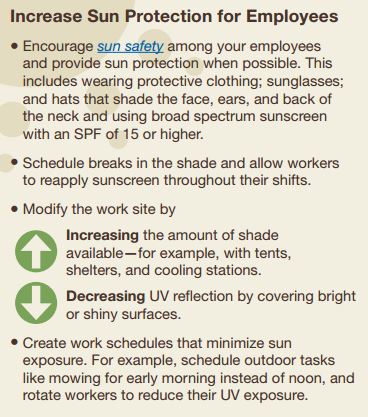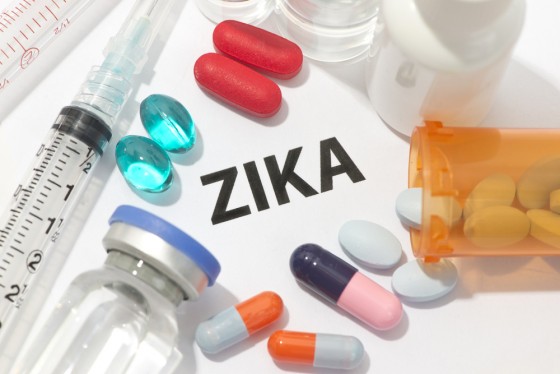Frigid weather across the United States and low effectiveness of this year’s flu vaccine have been blamed for a jump in the number of flu cases being reported across the country. Epidemiologists in 36 states so far have reported widespread influenza activity to the federal Centers for Disease Control and Prevention (CDC). Of those states, 21 reported a high number of cases.
Worldwide, the estimated number of fatalities caused by seasonal influenza-related respiratory illnesses is also higher than expected, according to the CDC. The agency released a new study in December 2017 with statistics indicating that between 291,000 and 646,000 people die from influenza every year, an increase from the previous estimate of 250,000 to 500,000. The estimates were drawn from a collaborative multinational survey conducted by the CDC and its global health partners.
the previous estimate of 250,000 to 500,000. The estimates were drawn from a collaborative multinational survey conducted by the CDC and its global health partners.
“These findings remind us of the seriousness of flu and that flu prevention should really be a global priority,” said Joe Bresee, M.D., associate director for global health in CDC’s Influenza Division and a study co-author.
The study, which appeared in The Lancet, excluded data related to pandemics, indicated that poorer nations and older adults are especially at risk. It explained:
People age 75 years and older and people living in sub-Saharan African countries experienced the highest rates of flu-associated respiratory deaths. Eastern Mediterranean and Southeast Asian countries had slightly lower but still high rates of flu-associated respiratory deaths.
One cause for the rise could be that few developing countries have seasonal flu vaccination programs or the capacity to produce and distribute seasonal or pandemic vaccines.
The information was released following the CDC’s National Influenza Vaccination Week, which was held in early December 2017. That also marked what is typically considered the start of the season which continues through February in the U.
S., although activity can last as late as May. Flu activity is expected to increase this month, the CDC warned back in December, and the freezing conditions from last week’s “bomb cyclone” may contribute to fully realizing that prediction.
People at high risk include:
- Pregnant women.
- Children younger than 5 years old, but especially children younger than 2 years old.
- People 65 years of age and older.
- People of any age who have certain medical conditions, such as asthma, diabetes, and heart disease.
The Society for Human Resources Management (SHRM) suggests that employers use this critical time to promote policies and procedures to protect their employees from communicable diseases like influenza, and reinforce that the risks may be greater for certain workers. According to SHRM:
Employers must be open to discuss employee concerns and listen to their ideas and suggestions for ways to help them stay healthy. Employers can encourage employees who are at high risk to talk with their health care provider to determine what, if any, additional measures they should consider to keep themselves healthy and safe at work.
buy priligy online www.clerkenwellislingtonclinics.co.uk/wp-content/uploads/2023/10/jpg/priligy.html no prescription pharmacyEmployers should strongly consider doctor’s accommodation requests for high-risk workers.
The Occupational Safety and Health Act (OSHA) web site has a fact sheet and guidelines for companies to follow with regard to the flu and pandemics. Additionally, the National Institute for Occupational Safety and Health (NIOSH) has a page with tips for employers hoping to curb seasonal flu outbreaks in their workplaces and among employees. NIOSH’s suggestions include:
- Promote influenza vaccination among workers.
- Encourage proper hand and respiratory hygiene practices.
- Educate workers on influenza signs and symptoms.
- Inform workers on what to do if they get sick.


 damage connective tissue and increase the risk for developing skin cancer; UVB, which doesn’t penetrate as deeply into the skin, but can still cause some types of skin cancer; and natural UVC, which is absorbed by the atmosphere and does not pose a risk.
damage connective tissue and increase the risk for developing skin cancer; UVB, which doesn’t penetrate as deeply into the skin, but can still cause some types of skin cancer; and natural UVC, which is absorbed by the atmosphere and does not pose a risk.